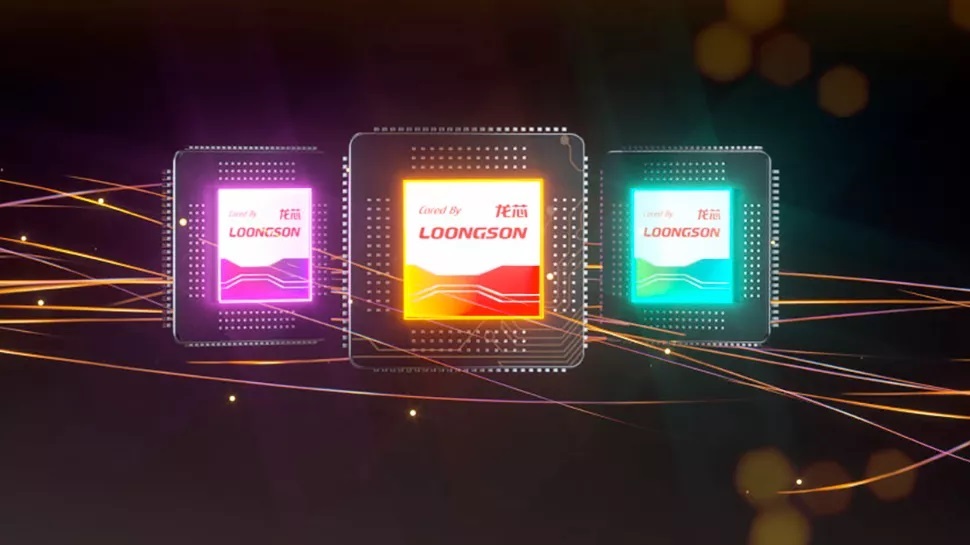
Despite US trade restrictions aimed at keeping advanced chips and chip-making equipment out of China, domestic semiconductor production continues to impress there.
Loongson recently informed investors that the first samples of the Loongson 3C6000/3D6000/3E6000 series of server-grade processors had been successfully returned and are "meeting expectations". In line with its roadmap, the release is on track for Q4 2024.
Loongson claims that its 3C6000 design, a single chip with 16 cores and 32 threads, significantly improves the performance-price ratio of its server CPUs.
Loongson Coherent Link
The chip features a hexa-issue LA664 processing core, which Loongson says doubles the general processing performance compared to the previous generation 3C5000.
Additionally, it includes DDR4-3200 4x4 RAM, boosting memory bandwidth multiple times over its predecessor. The PCIe 4.0 x64 interface also enhances IO performance significantly compared to the 3C5000. The 3C6000 supports high-speed national encryption standards calculation, with SM3 encryption bandwidth exceeding 20Gbps.
Loongson's 3D6000 contains two 3C6000 chips connected via "Loongson Coherent Link" technology, creating a 32-core/64-thread processor, while the 3E6000 connects four 3C6000 chiplets for 64 cores and 128 threads. Chiplet architectures are increasingly recognized as the future of microprocessors, and things are no different in China.
The Coherent Link technology is similar to Nvidia's NVLink and AMD's Infinity Fabric (or the recently announced UALink) and enables core cache coherent interconnects between multiple devices, ensuring all resources are virtualized, allowing for dynamic allocation of devices and chips. Loongson says its technology is compatible with mainstream hardware ecosystems and PCIE electrical standards, and supports the interconnection and upgrading of 1 to 8 chips.
While there’s no independent verification of the 3C6000's performance, Loongson does continue to make impressive strides within regulatory constraints. Leveraging its in-house MIPS-based LoongArch ISA and domestic Chinese fabs, the company may not be directly challenging EPYC and Xeon chips yet, but the gap is narrowing.







